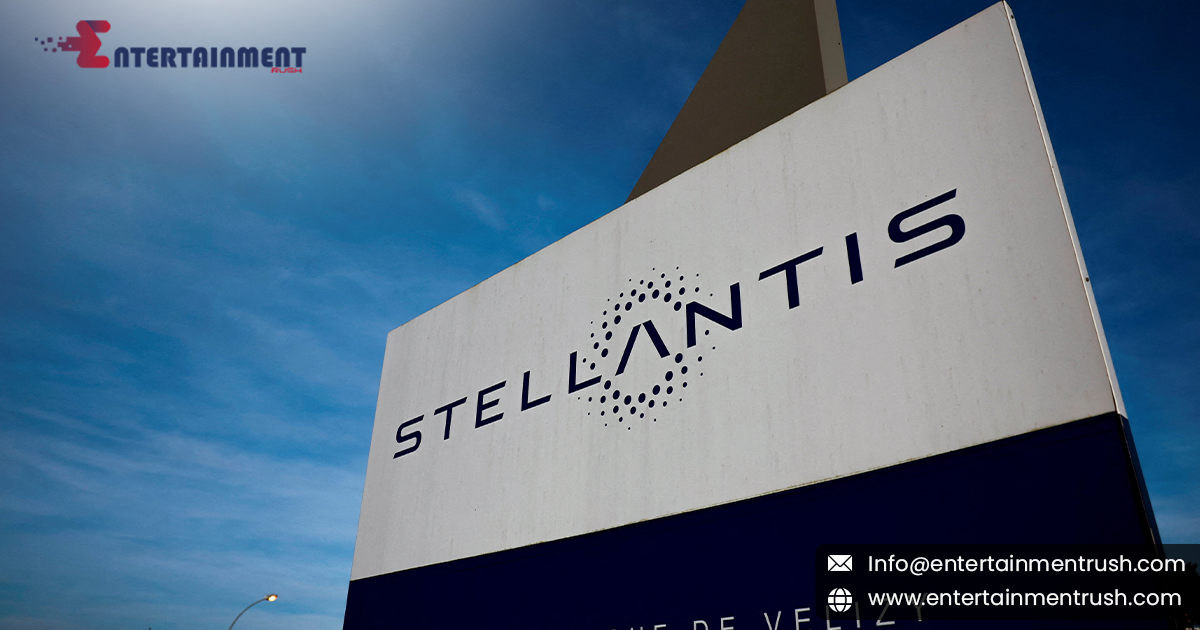In a significant move impacting the automotive industry and the local economy, Stellantis has announced plans to lay off up to 2,450 workers at its truck plant in Michigan. This decision marks a major shift for the company, reflecting broader trends in the automotive sector and raising concerns about the future of its workforce and the community.
Background of the Layoffs
Stellantis, the multinational automotive manufacturing corporation formed from the merger of Fiat Chrysler Automobiles and PSA Group, has faced various challenges in recent years. The company’s decision to cut nearly 2,500 positions at its Michigan truck plant is part of a larger strategy to streamline operations and adapt to evolving market demands.
The Michigan truck plant, known for producing popular models, has been a cornerstone of Stellantis’ production capabilities. However, shifts in the automotive industry—such as increasing demand for electric vehicles (EVs), supply chain disruptions, and changing consumer preferences—have prompted Stellantis to reassess its production strategies and workforce requirements.
Reasons Behind the Decision
Several factors have contributed to Stellantis’ decision to lay off workers:
Shift Towards Electric Vehicles:
The automotive industry is rapidly transitioning towards electric vehicles, requiring significant investment in new technologies and manufacturing processes. Stellantis, like many other automakers, is focusing on expanding its EV lineup, which necessitates a realignment of resources and workforce.
Economic Pressures:
The global economic landscape has been challenging, with supply chain disruptions, fluctuating raw material costs, and market uncertainties. These factors have put pressure on automotive manufacturers to optimize operations and reduce costs.
Efficiency and Automation:
Advances in manufacturing technology and automation have changed the way vehicles are produced. Stellantis’ efforts to modernize and improve efficiency may have led to a reduction in the need for manual labor in certain areas of production.
Impact on Workers and the Community
The announced layoffs are expected to have a profound impact on the affected workers and the local community:
Job Losses:
The loss of up to 2,450 jobs is a significant blow to the workers and their families. Many of these employees have dedicated years to the plant, and the layoffs will likely create financial and emotional challenges for those affected.
Local Economy:
The Michigan plant has been a major employer in the region, and the layoffs will impact local businesses and services that rely on the income generated by the plant’s workforce. The reduction in spending power will have a ripple effect on the community.
Support and Transition:
Stellantis has stated that it will provide support to affected employees, including severance packages and assistance with job placement. However, the transition to new employment opportunities may take time and effort.
The Road Ahead
The decision to lay off workers is never easy, and Stellantis’ move underscores the challenges facing the automotive industry. As the company navigates this period of transition, it will need to balance its focus on future technologies with the immediate impact on its workforce and community.
For workers and communities affected by the layoffs, several steps can be taken:
Seeking New Opportunities:
Affected workers should explore new career opportunities and leverage support services provided by Stellantis and local employment agencies.
Training and Education:
Investing in additional training and education can help workers adapt to new roles in the evolving job market.
Community Support:
Community organizations and local governments can play a crucial role in providing support and resources to those impacted by job losses.
Stellantis’ decision to lay off up to 2,450 workers at its Michigan truck plant is a reflection of broader trends in the automotive industry and the challenges of adapting to a rapidly changing market. While the layoffs will have significant effects on workers and the local economy, the company’s focus on future technologies and efficiency highlights the ongoing evolution of the automotive sector. As the industry continues to shift, it will be essential for both companies and communities to navigate these changes with resilience and adaptability.




Leave feedback about this